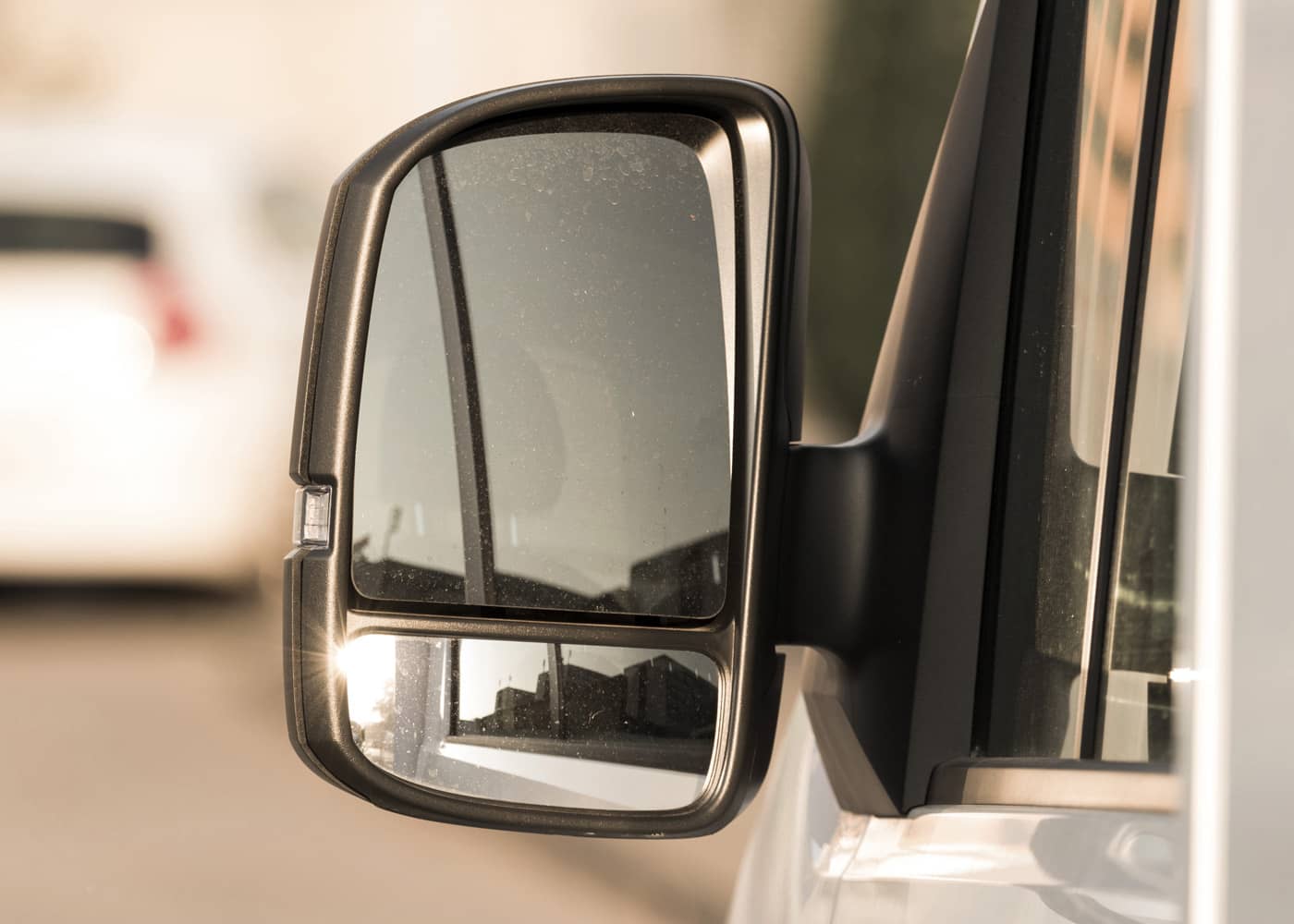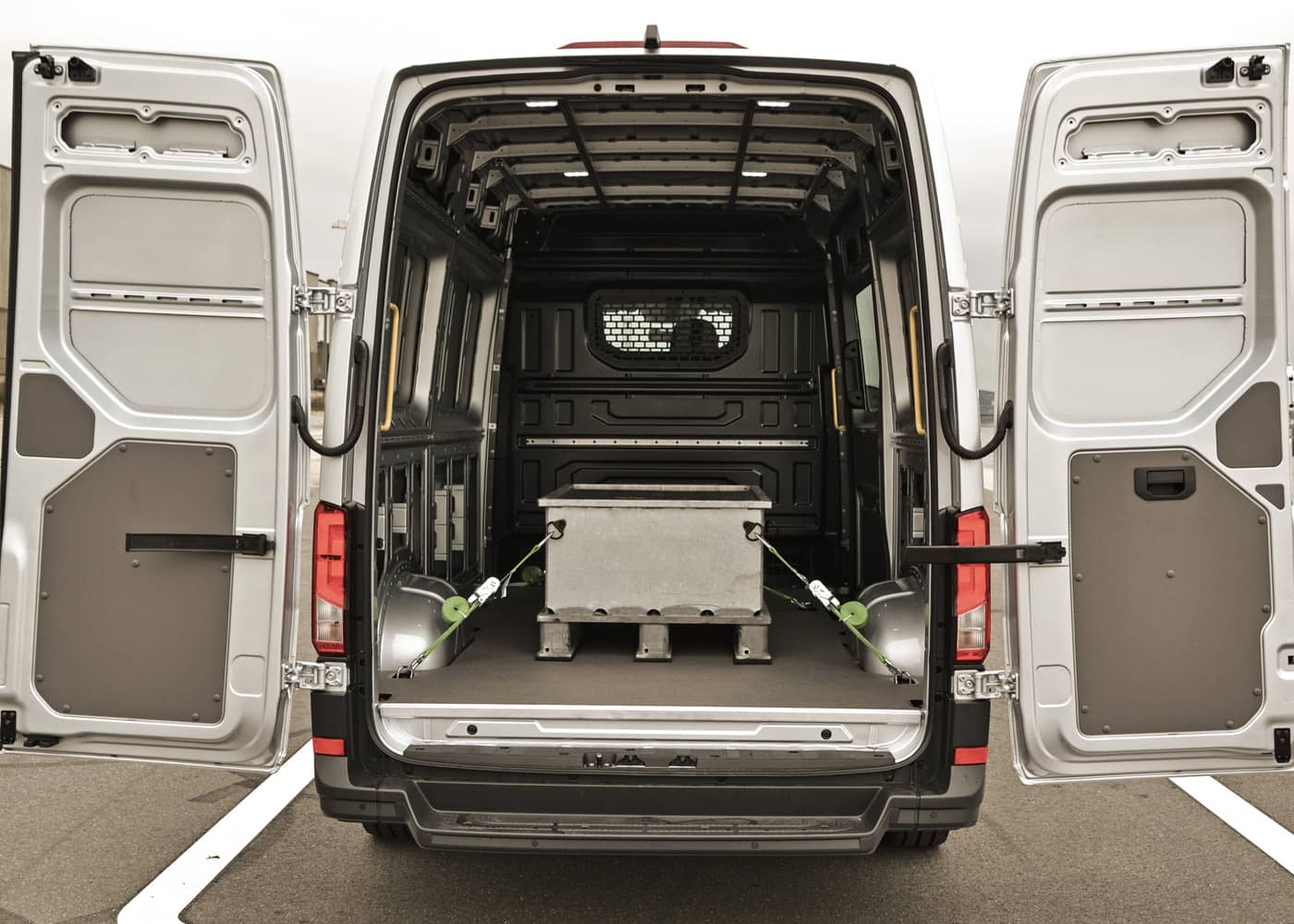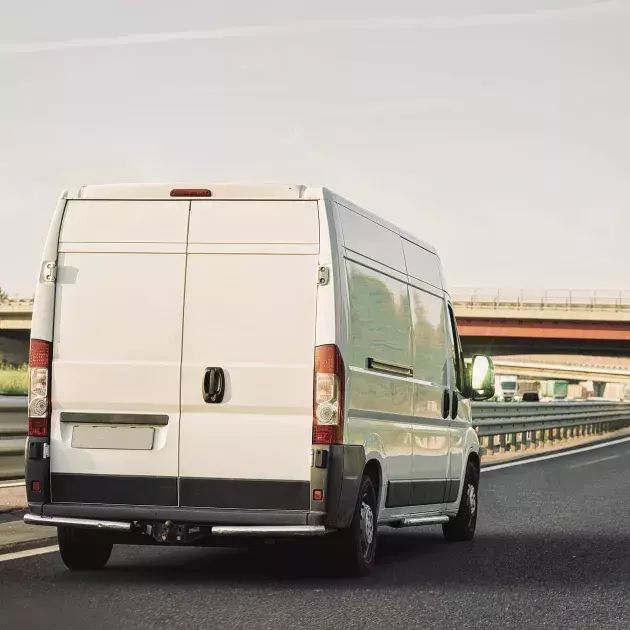You have chosen your commercial vehicle and you will soon be behind the wheel of your new work partner. However, the idea of driving a pickup truck, large or small, can be intimidating. But rest assured, most LCVs drive like cars and have identical functionality. You can also prepare yourself with these practical tips.
Getting to know and like your vehicle
As with any new vehicle, it is important to take the time to get to know each other!
- Find your driving position and make any necessary adjustments to the seat so you can comfortably reach the pedals and steering wheel.
- Adjust your side mirrors. These will be larger, especially to compensate for the lack of a rear view mirror. It will take some time to get used to and to find the right angle. You should also remember to practise adjusting them in case you need to hook up a trailer.

- Get used to the dashboard and find the different controls such as the windscreen wipers, the indicators and the driving aids for parking, etc.
- Take into account the new dimensions of the vehicle and don’t forget its height if it is raised. Beware of bridges and underground car parks.
- If you have a pairing system with your phone, activate it when you are stationary and check how to access the different functions.
- Spend some time practising manoeuvrers and driving in an area where the traffic is calmer so that you can get the hang of your van. Pay particular attention to the turning circle and how to drive round bends and corners. Adapt your speed and "turn out wide".
- If you do have to load up your van, remember to distribute the cargo evenly and secure your goods using any hooks provided. Do not exceed the weight limits under any circumstances, both from a safety and legal point of view. Your vehicle will drive differently when it is empty and when it is loaded up, so adjust your speed accordingly.

As with all vehicles, an important element of driving is to respect safety distances and anticipate braking. This is even more important with vehicles that carry large loads as the braking distance will be greater. It is generally advisable to leave at least four seconds of distance between you and the car in front of you.
Don't forget that professional instructors can also give you advice during a driving course.






